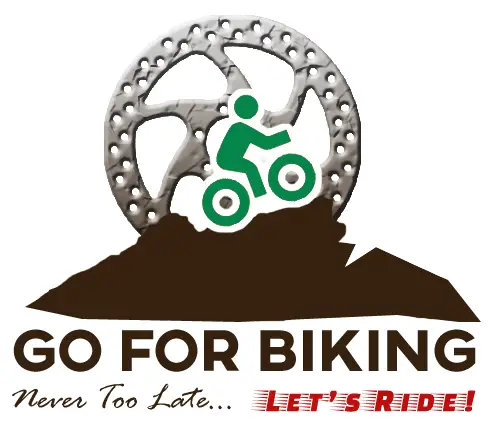Mountain bikes can be mainly categorized into 4 categories: Cross Country Bikes, Trail Bikes, All Mountain Bikes, and Downhill Bikes. It’s very important to have the right bike for the type of terrain you are going to ride on. Let’s take a deeper look into each of these types of Mountain Bikes and learn more about them to be able to make the right choice.
1. Cross Country (XC) Bikes
Cross country biking separates itself from the other 3 categories quite a bit, mostly in terms of how the track layout is, different goals/milestone to achieve such as finishing a race or completing a marathon and such. While on the trail side of things, the tracks are mostly designed to be challenging for the riders, such as, some portions of the track may have more turns than others and so on and so forth. Cross Country Biking is a professional sport and can be even recognized as its own stand-alone biking. Cross Country biking became an Olympic sport in 1996 and still is, to date. Due to the long span rides around 30 to 50 miles and engaged in racing, every little item counts, and for this very reason these bikes are built very light weight so the rider can fully execute all his power to crank the train on uphill sections of the track faster and with ease. The frames are usually made of Carbon, Aluminium or Titanium, which are all light weight and sturdy metals helping achieve the sturdiness of the bike yet being very light weight.
2. Trail Bikes
While it might seem similar to cross country, trail bikers often find more obstacles in their way and typically have more “levels” of trails. Trail bikes are also designed for more tough and steep types of terrain such as: landslides, rocks, bumps, small and narrow pathways. They are not as light weight as Cross country bikes, however the excess weight comes in to add a bit more features such as front and rare shock absorbers into the frame to handle more bumpy and rocky sections of the trail. Trail bikes are also one of the most thought of when the term “mountain biking” is used. Let’s discuss some highlights of trail varying codes that trail bikers must be know of and understand what they mean. They are:
| Symbol Type | Difficulty Level |
| White Circle | Easiest |
| Green Circle | Easy |
| Blue Square | Medium / More Difficult |
| Black Diamond | Hard / Very Difficult |
| Double Black Diamond | Extremely Difficult |
Warning Tip: Be really careful with black diamond trails as they can be very risky and cause life threatening causes if injured in a bad location.
3. All-Mountain & Enduro Bikes
Before we talk about the features of these bikes, let’s understand a bit about the terrain and biking these are used in first. All-Mountain biking and Enduro biking involves uphill rides and downhill as well. You can consider All-Mountain a bit easier version in comparison to Enduro biking which involves riding terrain types between blue square trails all the way up to Double Black Diamond. For the bikes to support these difficult terrains, they are not as light weight as cross country bikes, due to the added front and rare shock absorbers and supporting components to get through difficult terrain without taking much of damage.
4. Downhill Bikes
Downhill bikes are made for steep downhill terrains. As it’s all in its name, these bikes are not made to go up steep mountains and are only designed to be ridden down. These bikes are on the heavier side in comparison for handling of the downhill steep tracks with bumps and jumps as well. They are well built and sturdiest of all due to the velocity and angle of ride involved in order offering stable ride down. Downhill bikes usually use hydraulic, disc brakes for better control as well as a chain guide to protect the chain disengagement during the ride that could potentially lead to a harsh crash. For Tires, they use very strong tires and wheels as they are the impact bearing component in the bike throughout the ride activity. Typically a downhill bike has 27.5” wheels as a standard. Keep in mind that Downhill biking is an extreme sport, and a lot of training, practice, skill building is required, even though just by watching a rider it may all look very easy to the fact it’s only downhill
Final Word
While it may be tempting to have all of those 4 type of bikes, it’s always best to focus on the type of Mountain Biking interests you more and then target the bike type according to that. I’d recommend, a good start is to go for Trail Bike to gain more experience on riding the trails and have a feel for. With time and practice, as your skills are polished and you are feeling more comfortable with the tracks of various difficulties, then you can target moving to another type if that’s what interests you most. Similarly jumping right into downhill biking would not be a very wise step as it requires a higher degree of skill and control, hence for beginners it’s more on the riskier side.
Hope this helped you understand the basic types of Mountain bikes, when there is so much to choose from and can be confusing, you can always put them into one of these categories to visualize what terrain it is for before making your selection to look into further features of the bike.
